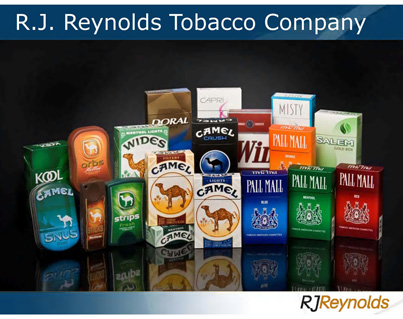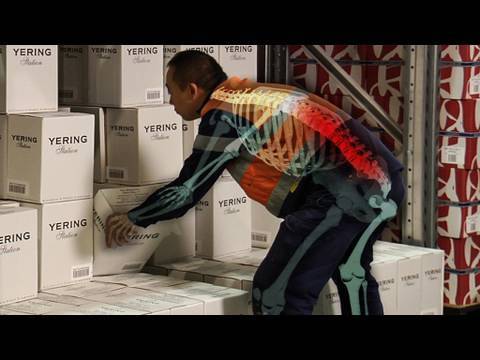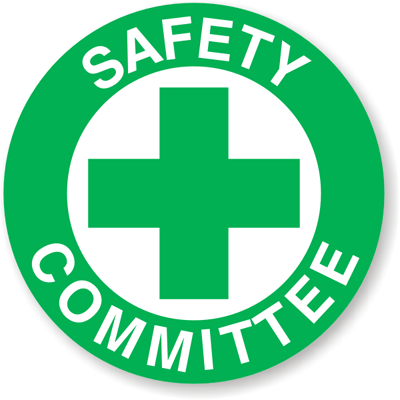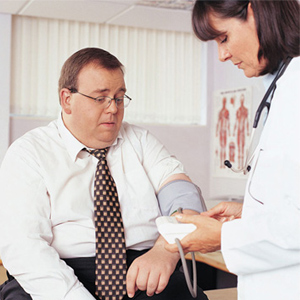 Reynolds, R.J. Sr., 67, founder of RJ Reynolds Tobacco Co., pancreatic cancer (1916)
Reynolds, R.J. Sr., 67, founder of RJ Reynolds Tobacco Co., pancreatic cancer (1916)
Reynolds, R.J. Jr., 58, emphysema
Reynolds, R.J. III, 60, emphysema, (1994)
Risk Profile Improvement
 Manual material handling (MMH) work contributes to a large percentage of the over half a million cases of musculoskeletal disorders reported annually in the United States. Musculoskeletal disorders often involve strains and sprains to the lower back, shoulders, and upper limbs. They can result in protracted pain, disability, medical treatment, and financial stress for those afflicted with them, and employers often find themselves paying the bill, either directly or through workers’ compensation insurance, at the same time they must cope with the loss of the full capacity of their workers.
Manual material handling (MMH) work contributes to a large percentage of the over half a million cases of musculoskeletal disorders reported annually in the United States. Musculoskeletal disorders often involve strains and sprains to the lower back, shoulders, and upper limbs. They can result in protracted pain, disability, medical treatment, and financial stress for those afflicted with them, and employers often find themselves paying the bill, either directly or through workers’ compensation insurance, at the same time they must cope with the loss of the full capacity of their workers.
via CDC – NIOSH Publications and Products – Ergonomic Guidelines for Manual Material Handling (2007-131).
 Risk of Falling Increases With Age
Risk of Falling Increases With Age
Many people have a friend or relative who has fallen. The person may have slipped while walking or felt dizzy when standing up from a chair and fallen. Maybe you’ve fallen yourself.
If you or an older person you know has fallen, you’re not alone. More than one in three people age 65 years or older falls each year. The risk of falling — and fall-related problems — rises with age.
Falls Lead to Fractures, Trauma
Each year, more than 1.6 million older U.S. adults go to emergency departments for fall-related injuries. Among older adults, falls are the number one cause of fractures, hospital admissions for trauma, loss of independence, and injury deaths.
Ways to Prevent Falls
Exercise to improve your balance and strengthen your muscles helps to prevent falls. Not wearing bifocal or multifocal glasses when you walk, especially on stairs, will make you less likely to fall. You can also make your home safer by removing loose rugs, adding handrails to stairs and hallways, and making sure you have adequate lighting in dark areas.
Falls are not an inevitable part of life, even as a person gets older. You can take action to prevent falls. Your doctor or other health care providers can help you decide what changes will help.
 Health and Safety Committees should be established for the following purposes:
Health and Safety Committees should be established for the following purposes:
Every year, more than 1 million Americans have a heart attack – a sudden interruption in the heart’s blood supply. This happens when there is a blockage in the coronary arteries, the vessels that carry blood to the heart muscle. When blood flow is blocked, heart muscle can be damaged very quickly and die. Prompt emergency treatments have reduced the number of deaths from heart attacks in recent years.
via Heart Disease Pictures Slideshow: A Visual Guide to Heart Disease on MedicineNet.com.
Working with ignition sources near flammable materials is referred to as “hot work.” Welding and cutting are examples of hot work. Fires are often the result of the “quick five minute” job in areas not intended for welding or cutting. Getting a hot work permit before performing hot work is just one of steps involved in a hot work management program that helps to reduce the risk of starting a fire by welding or cutting in areas where there are flammable or combustible materials.
In order to ensure chemical safety in the workplace, information about the identities and hazards of the chemicals must be available and understandable to workers. OSHA’s Hazard Communication Standard (HCS) requires the development and dissemination of such information:
via Hazard Communication.
 Research has shown that as weight increases to reach the levels referred to as “overweight” and “obesity,”* the risks for the following conditions also increases:
Research has shown that as weight increases to reach the levels referred to as “overweight” and “obesity,”* the risks for the following conditions also increases:
*Overweight is defined as a body mass index (BMI) of 25 or higher; obesity is defined as a BMI of 30 or higher. For more, see Defining Obesity.
via Obesity and Overweight for Professionals: Adult: Causes – DNPAO – CDC.
 We will never forget the innocent victims and the brave heroes that died attempting to save them. We will never forget the survivors, the children, the devastated families and the grieving friends they left behind. We will never forget the men and women in our military that answered to call to defend our freedom.
We will never forget the innocent victims and the brave heroes that died attempting to save them. We will never forget the survivors, the children, the devastated families and the grieving friends they left behind. We will never forget the men and women in our military that answered to call to defend our freedom.